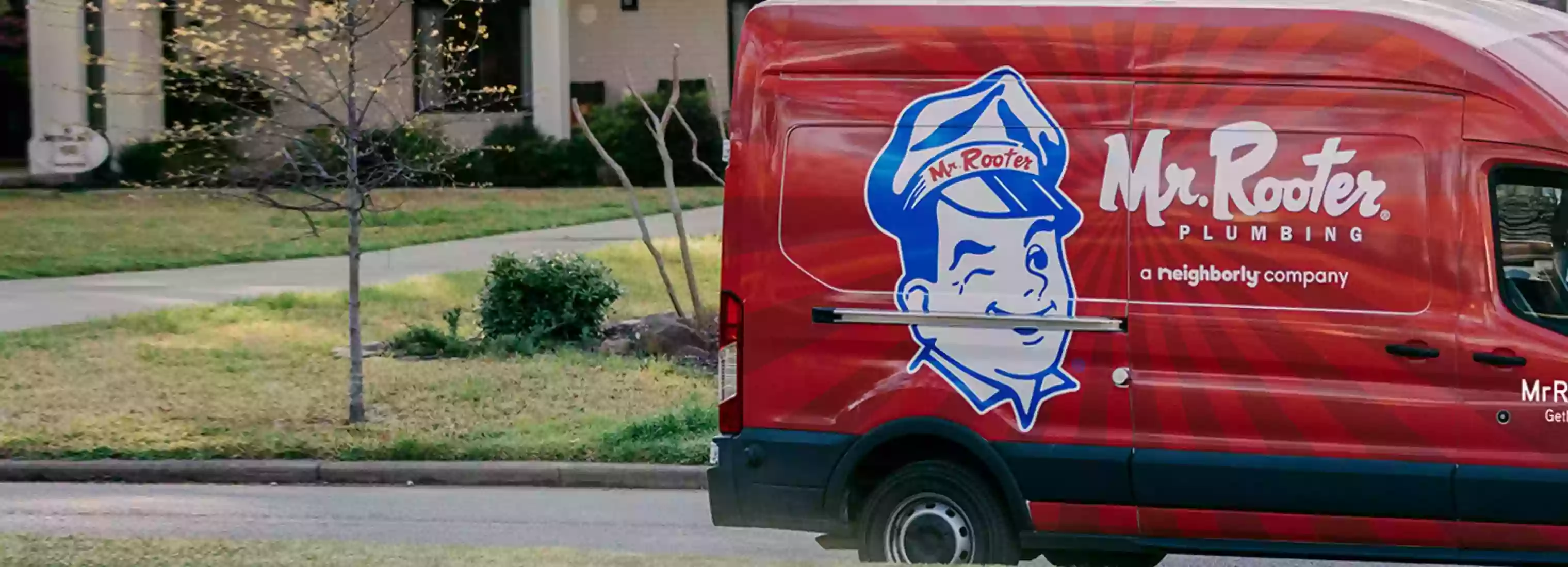How To Find A Good Septic System Inspector & What to Expect
Proper design, installation, and maintenance of your septic tank system will increase your system’s life and prevent failures that not only smell horrible but also endanger your family’s health. Regular septic tank inspections and maintenance reduces the risk of contaminating your well water, and may save you from expensive repairs or system replacement.
Regular maintenance of your septic system will also pay dividends when you want to sell or refinance your home. Septic tank inspection may be required by lenders for refinance, and in the case of a sale the repair of a failing system is usually a cost to the seller.
If you suspect that your septic system is not functioning properly, you should have a certified septic tank service come to inspect it immediately. For safety you should keep children and pets away from the failing system. In many cases, if problems are dealt with early on, less damage is done and repairs are easier and less expensive.
Get a Comprehensive Septic Inspection
It goes without saying that you must choose a septic tank service, like Mr Rooter Plumbing, that will carry out a thorough inspection. You want to hire a septic tank inspector who will thoroughly check each and every component of your septic system.
Before arranging septic tank inspections be sure to interview inspectors on the phone to make sure they will locate and inspect each component. It is also very important that you are present when the septic tank inspection is done.
Below is a list of the points that should be covered in septic tank inspections. A good inspector will do the following:
- Run water into the septic tank from the house, for example through a kitchen faucet.
- Check each opening of the septic tank, making sure the baffles are OK, the tank is not showing signs of backup and failure, and measure the depth of the scum layer and sludge layer.
- Open up the distribution box and make sure each drainfield line is receiving the same amount of effluent and all are draining properly.
- Check that no solids are escaping from the tank.
- Dig down to the drain lines and check they are in good condition.
 Click to call
Click to call


